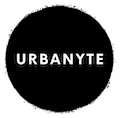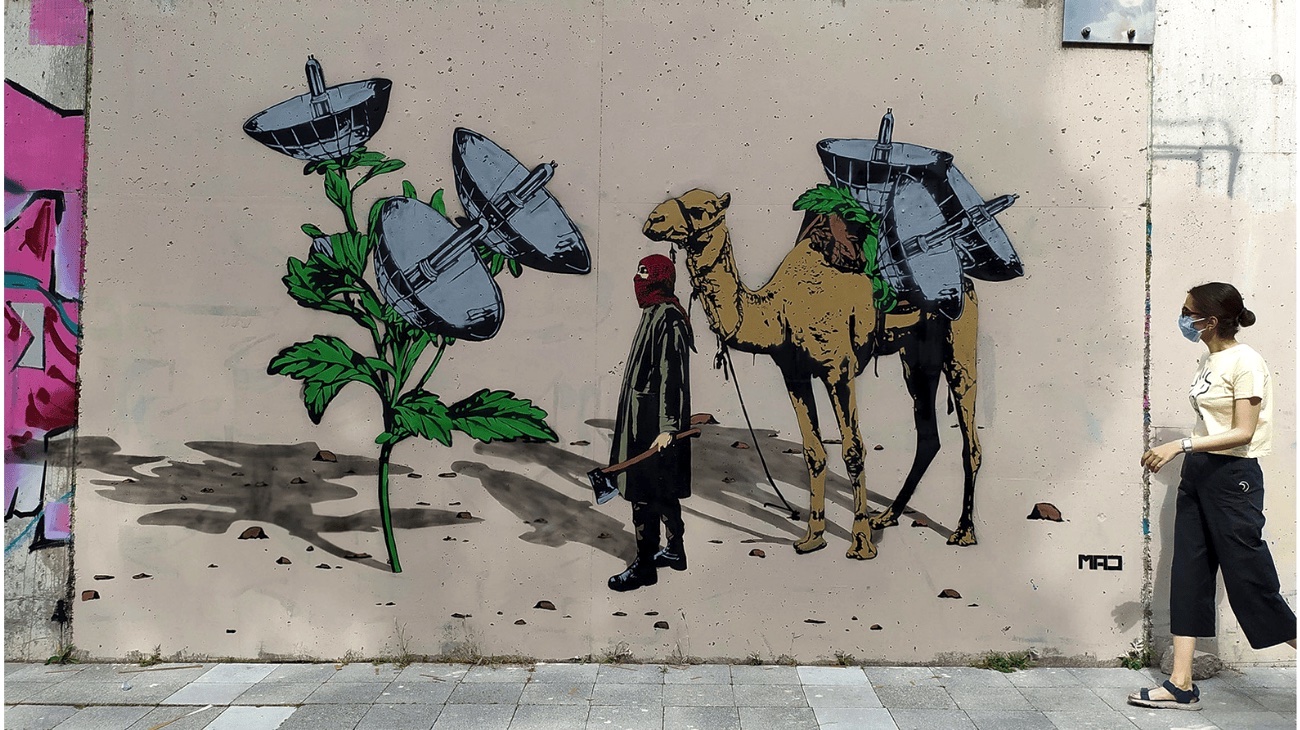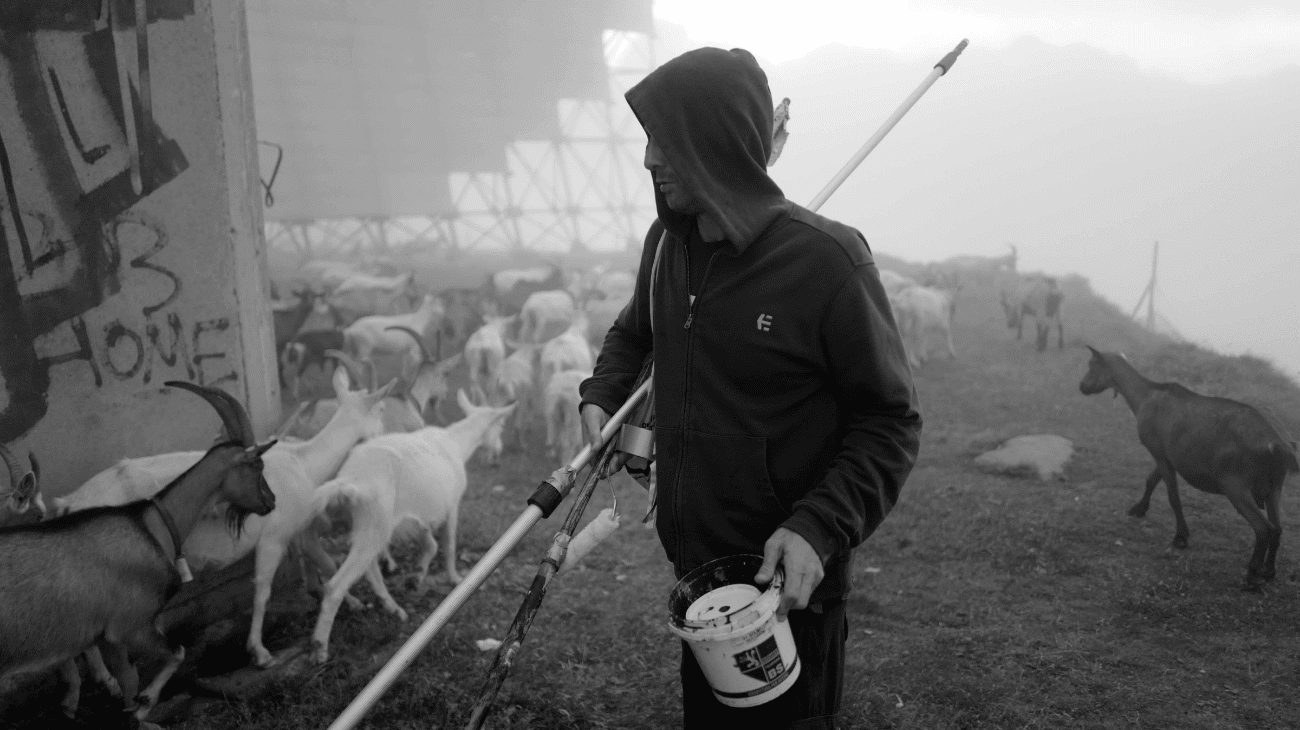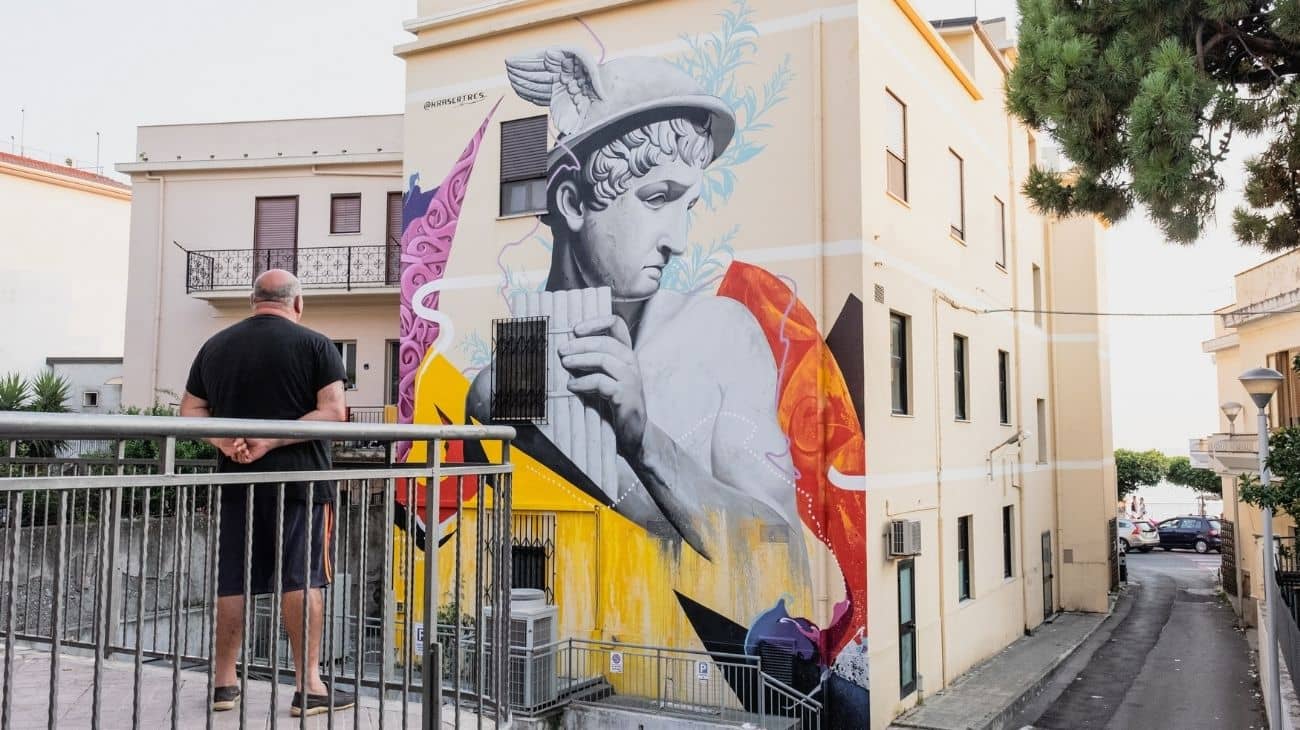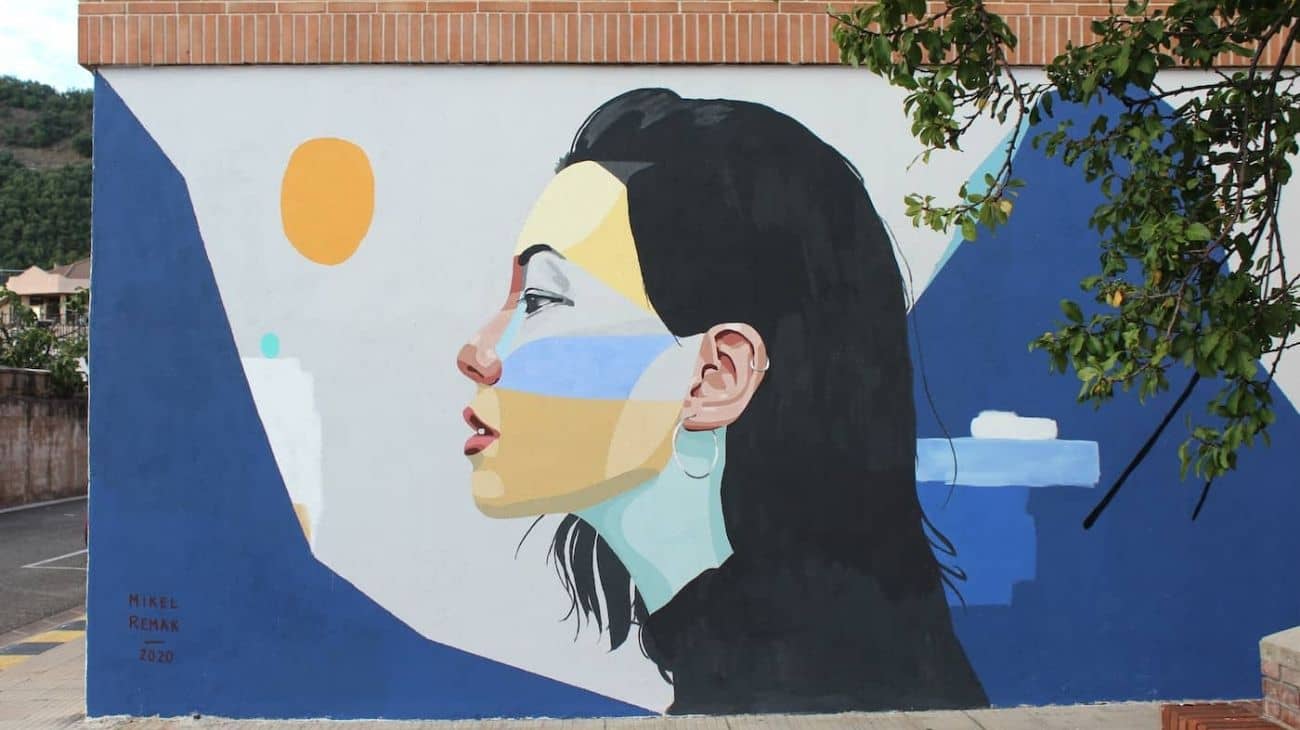
MIKEL REMAK
Interview with Spanish urban artist Mikel Remak:
I think my works tell of a search. A search that is not always clear or evident. A relationship between the spiritual and the earthly. An invitation to travel through abstract landscapes.
You started doing graffiti at the age of 13 and started with murals in 2005. What made you start graffiti at such a young age? What excites you about art in urban spaces?
It was natural. I always loved drawing, and I saw an older friend painting in our neighborhood. I asked him where he bought the spray cans, and with a close friend, I began to paint my first pieces. The first years were great, with crazy adventures and a lot of friends having fun. Around the year 2005, I started to lose connection with the letters, and I began with figurative paintings to express my feelings and ideas.
Art in urban spaces is the perfect way to express your ideas and to connect with the community. There are infinite possibilities, styles, surfaces, visions, so the more people are painting, the better it is for the culture.
Instead of studying art, you decided to study architecture at the University of Donostia. Did your architecture studies influence your way of doing art?
Definitely, yes. In the beginning, they were two separate disciplines for me. I did not merge the two disciplines, and painting represented a personal tool of expression and fun for me. After a while, I started to take my painting work more seriously. I began introducing architectural influences into my work, experimenting with abstraction, considering the context, beginning the work with structures, paying attention to the proportions, etc. I believe that painting reflects who we are, so my job is inevitably influenced by architecture, among other things.
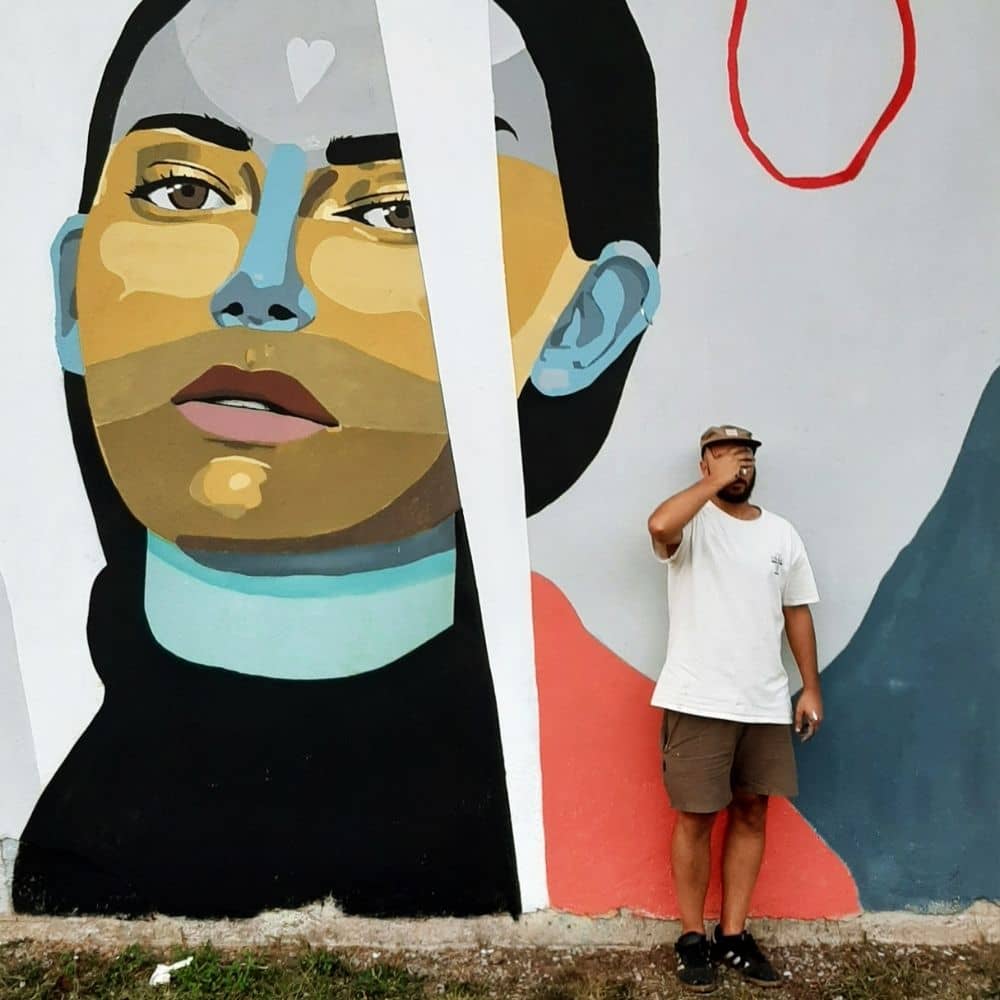
Your art deals with figures and abstraction and the balance between them. How would you describe and classify your style?
We are figures surrounded by abstraction, and so is my work. I don’t really know how to describe or classify my style. Nowadays, I feel more comfortable with abstraction to express my ideas, since I cannot define them literally.
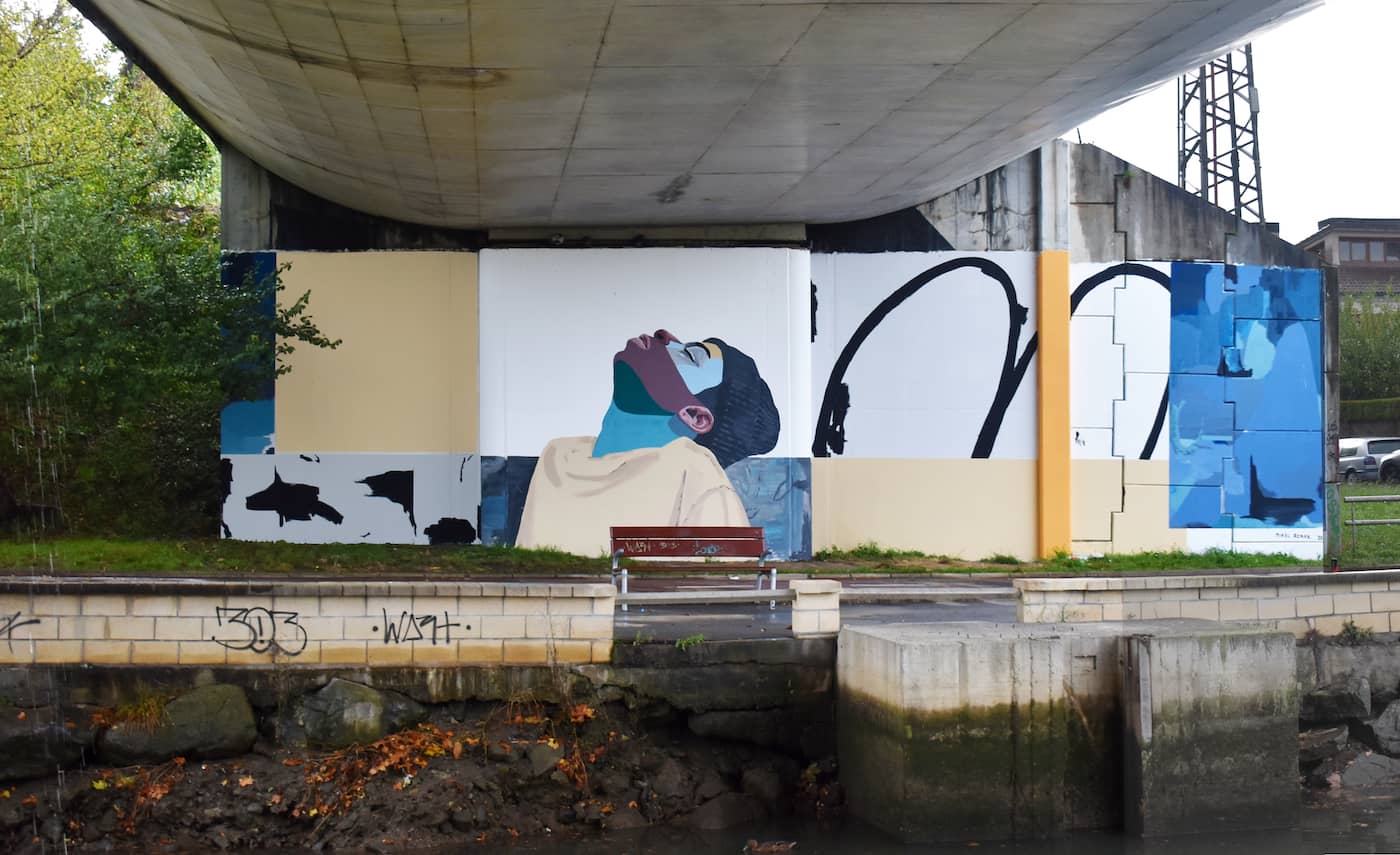
You are mixing intuitive gestures with methodical processes of creation. What is your way of working, and how do you approach new artworks or murals?
It depends a lot on my mood and the work I’m going to do. For example, when it comes to a fast freestyle piece, I try to leave my mind blank. I first create the big shapes, which generate a structure of fullness and emptiness. Then it becomes a game of compensating weights and colors, trying to develop a coherent composition. Sometimes exciting things come out that I can apply to walls or more elaborate studio works. When I’m going to paint a portrait, I usually take a photo of a friend and work on it digitally. Then I paint it with my style, which is generally defined by masses of colors.
When I face an abstract work, I first generate a structure based on three-dimensional shapes. Then I work like in freestyle walls, but with more care and more back and forth, with many layers, constantly losing and recovering structure and proportions. In the studio work, it’s hard for me to know when a piece is finished, but in the public space, there is less time, and you have to be more decisive, which is very exciting. I think that the studio work helps the work in the public space, and the public space helps my studio work.
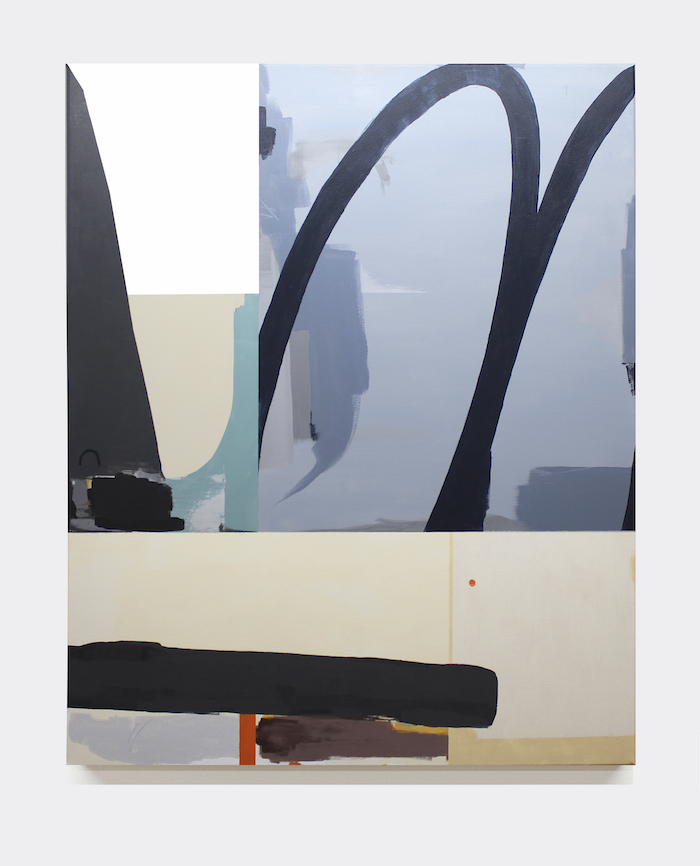
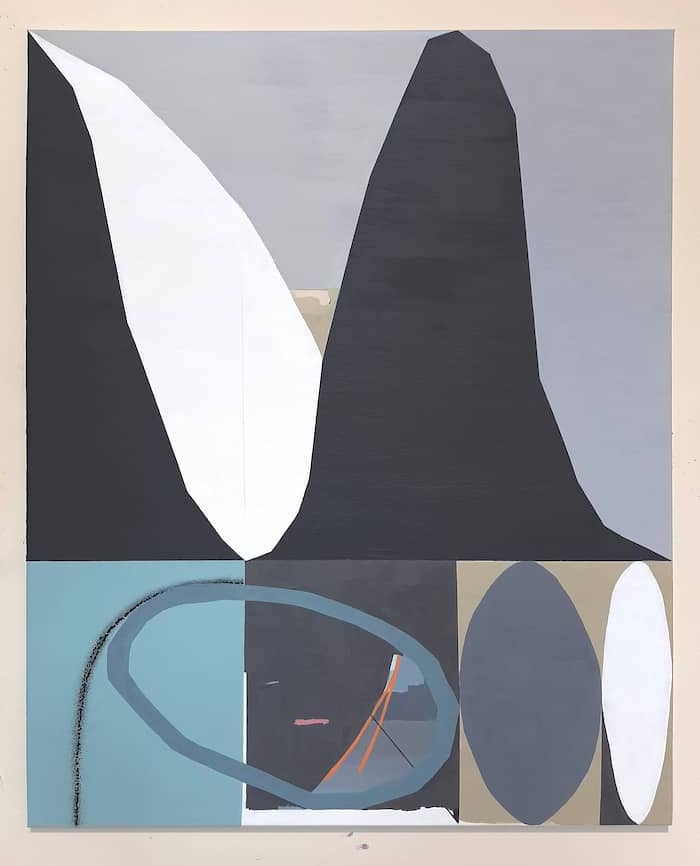
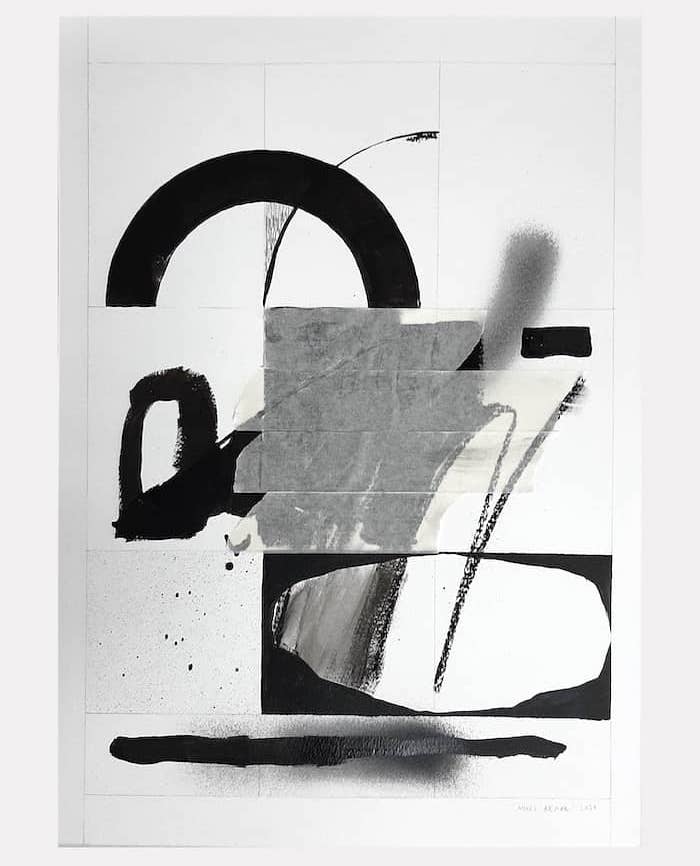
What stories do your works tell?
I think they tell of a search. A search that is not always clear or evident. A relationship between the spiritual and the earthly. An invitation to travel through abstract landscapes.
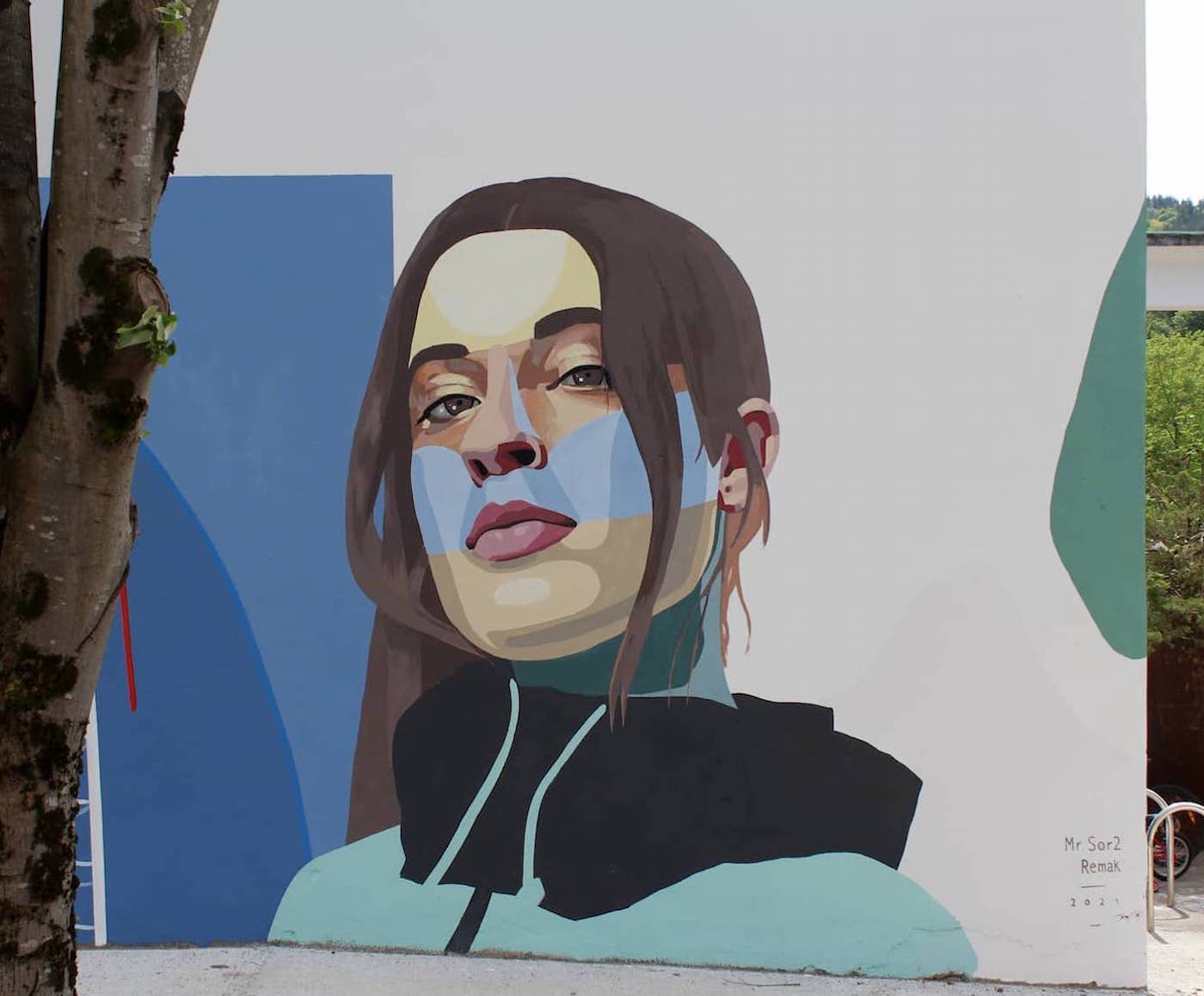

What are your sources of inspiration? Are there other artists who inspire you?
I am inspired by everything. Today, we are ingesting endless amounts of images. In terms of urban art, the quality and quantity are incredible, and most of it is visible on social networks, which allows us to see each other’s work almost in real time. In that sense, I’d say I’m inspired by those I follow on Instagram.
On the other hand, the fundamental influences are the artists around me: Sortwo, with whom I’ve been painting since forever. Xabier Anunzibai was a close reference in terms of muralism. And the artists with whom I share a studio: Sebas Velasco, Mikel Del Rio, Iñaki Areizaga and Gabriel Coca.
In addition, nature always has a particular weight in my work, and I love architecture, music, and cinema.
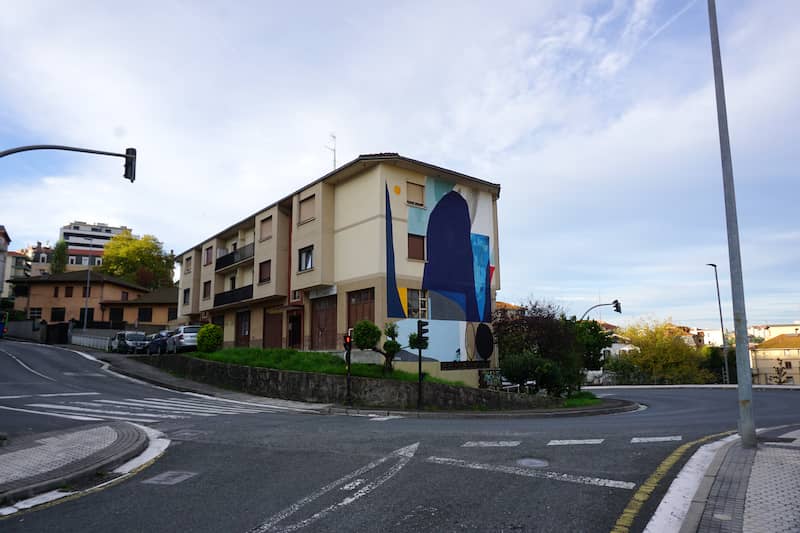
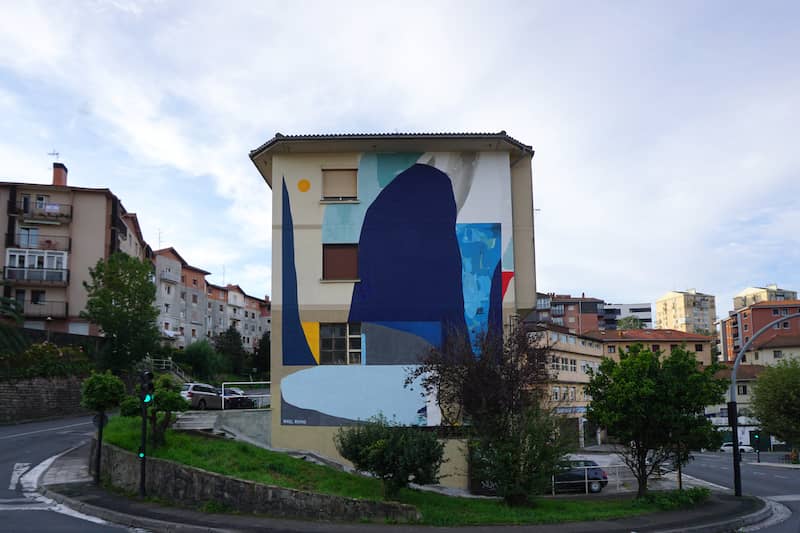
What thoughts, reactions, or feelings do you want to evoke in the viewers of your works?
I don’t work with the plan to provoke certain reactions. I love for people to think and feel their own way about my work.
How would you describe the climate and the vibe of the urban art scene in Spain?
It’s crazy. The quality is incredible, and there are a lot of people working hard. Many artists of international relevance contribute to the global scene and to the culture of urban art or contemporary muralism. From what I’ve experienced, I think it’s a healthy climate, and the relationships between artists are super positive. I can’t wait to see where it all goes!
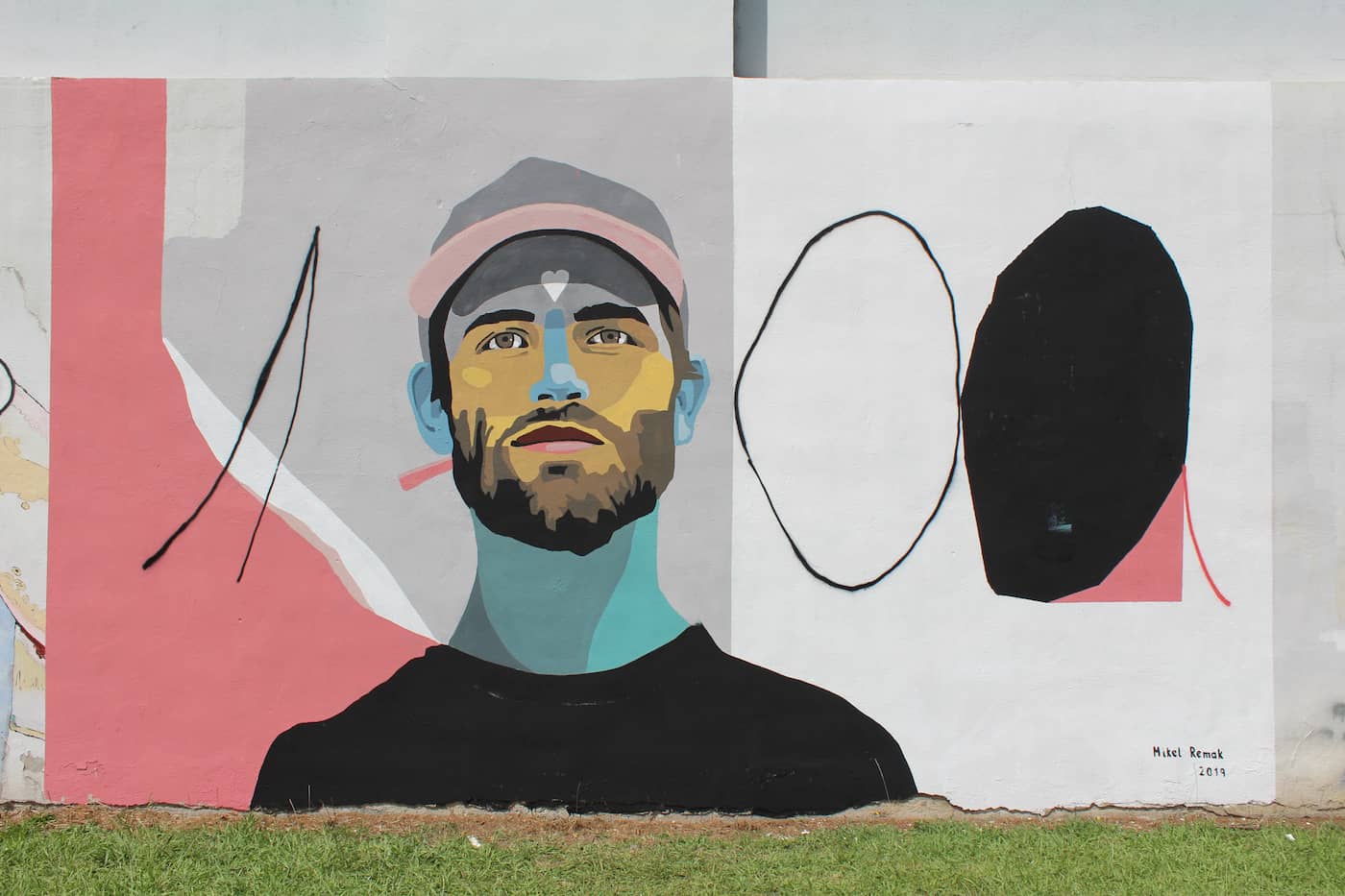
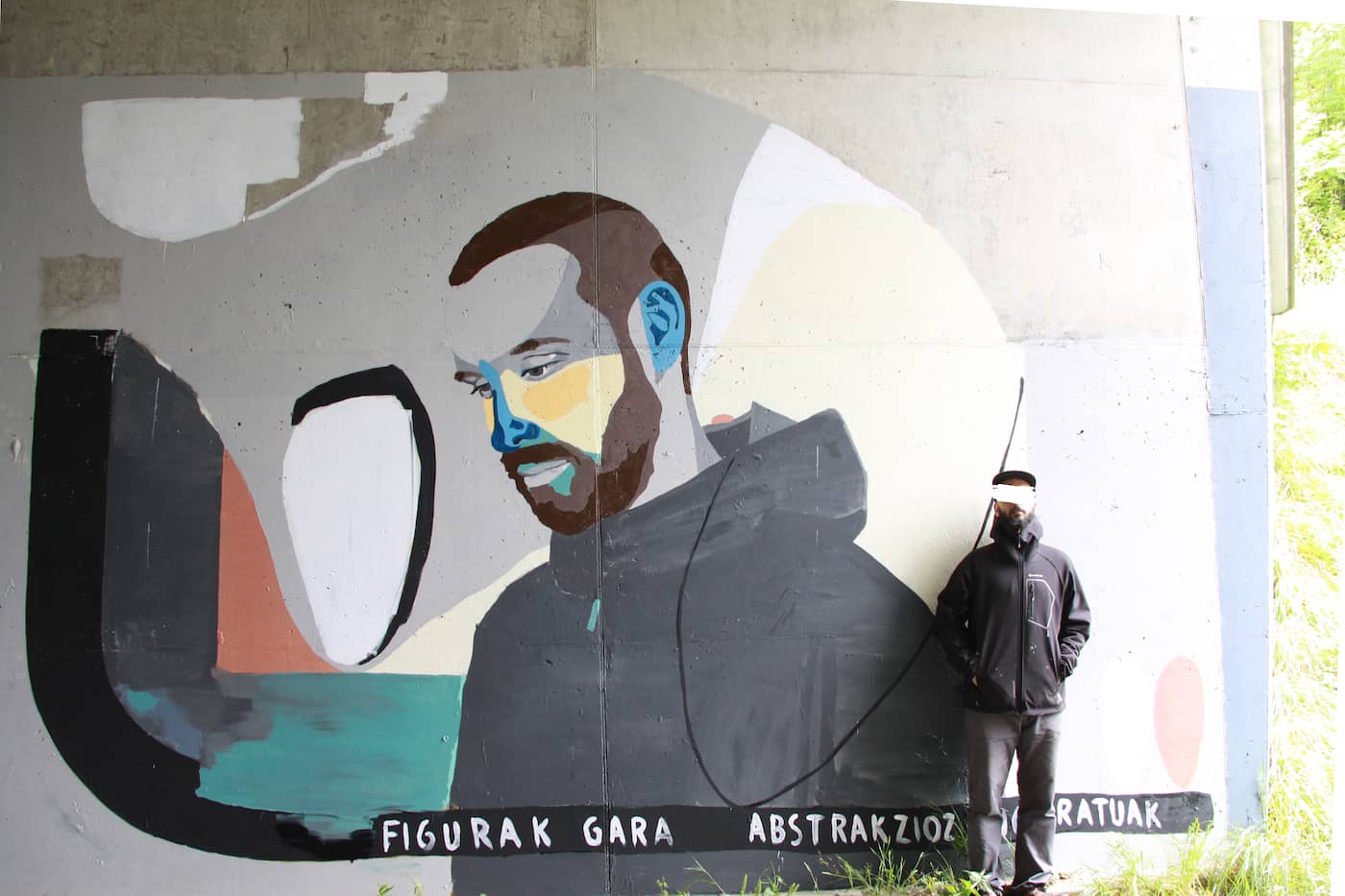
What are your plans, goals, and dreams for the future?
Now I have a big wall in Donostia and a solo show in Tolosa (October 28th). My goal is to continue with the search: to get the resources to improve my work and keep discovering more along the way. The future is very uncertain. My dream is to reach places, ideas, and conclusions that I could not achieve otherwise than with my work.
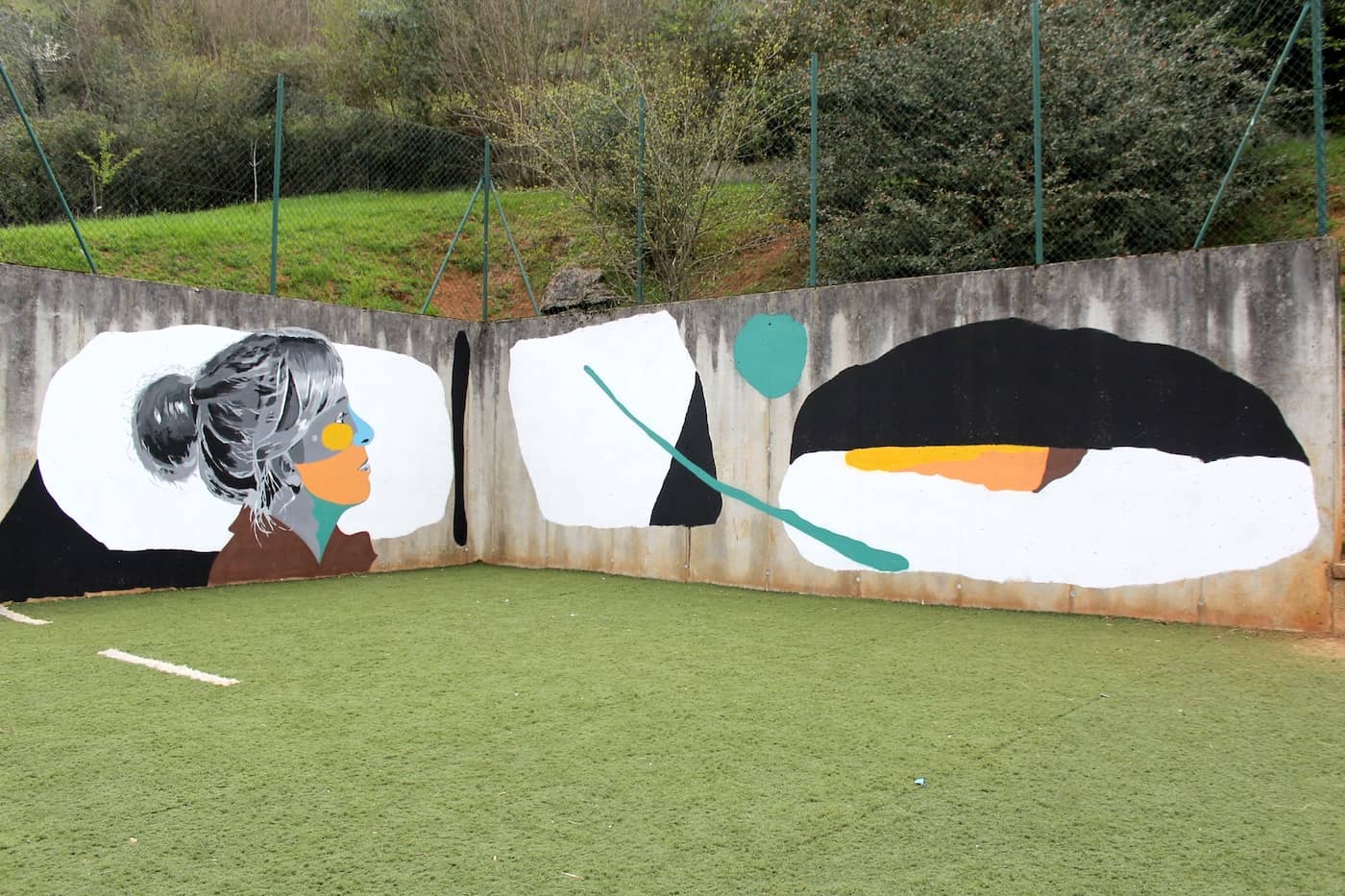
_______________________________________
Pictures © Mikel Remak
October 2021
by Laura Vetter


